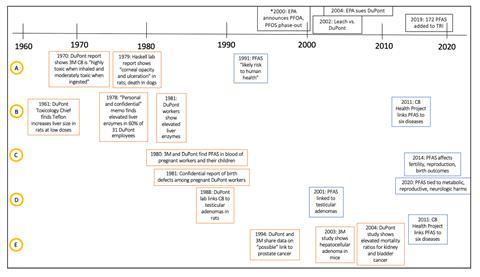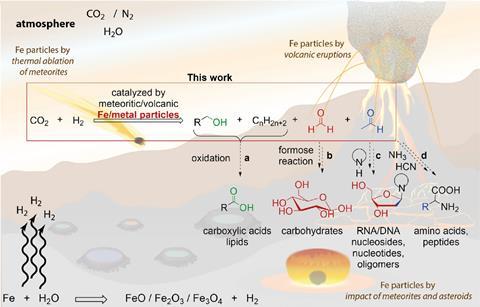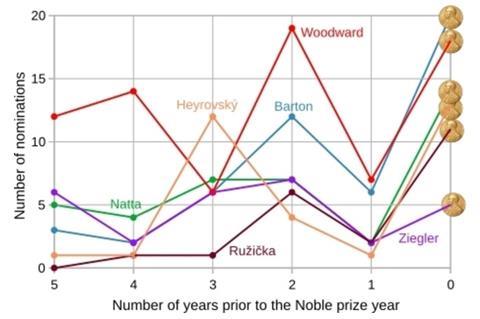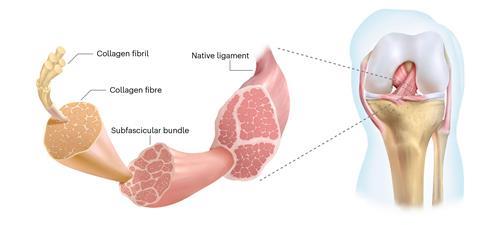A new preprint study from researchers in the US has concluded that the environmental impact of cultivated meat is probably ‘orders of magnitude’ worse than traditional beef, based on current and near-term production methods. But experts are divided on whether the study, which has yet to undergo peer review, makes valid assumptions. Cultivated meat, which […]
Read More







